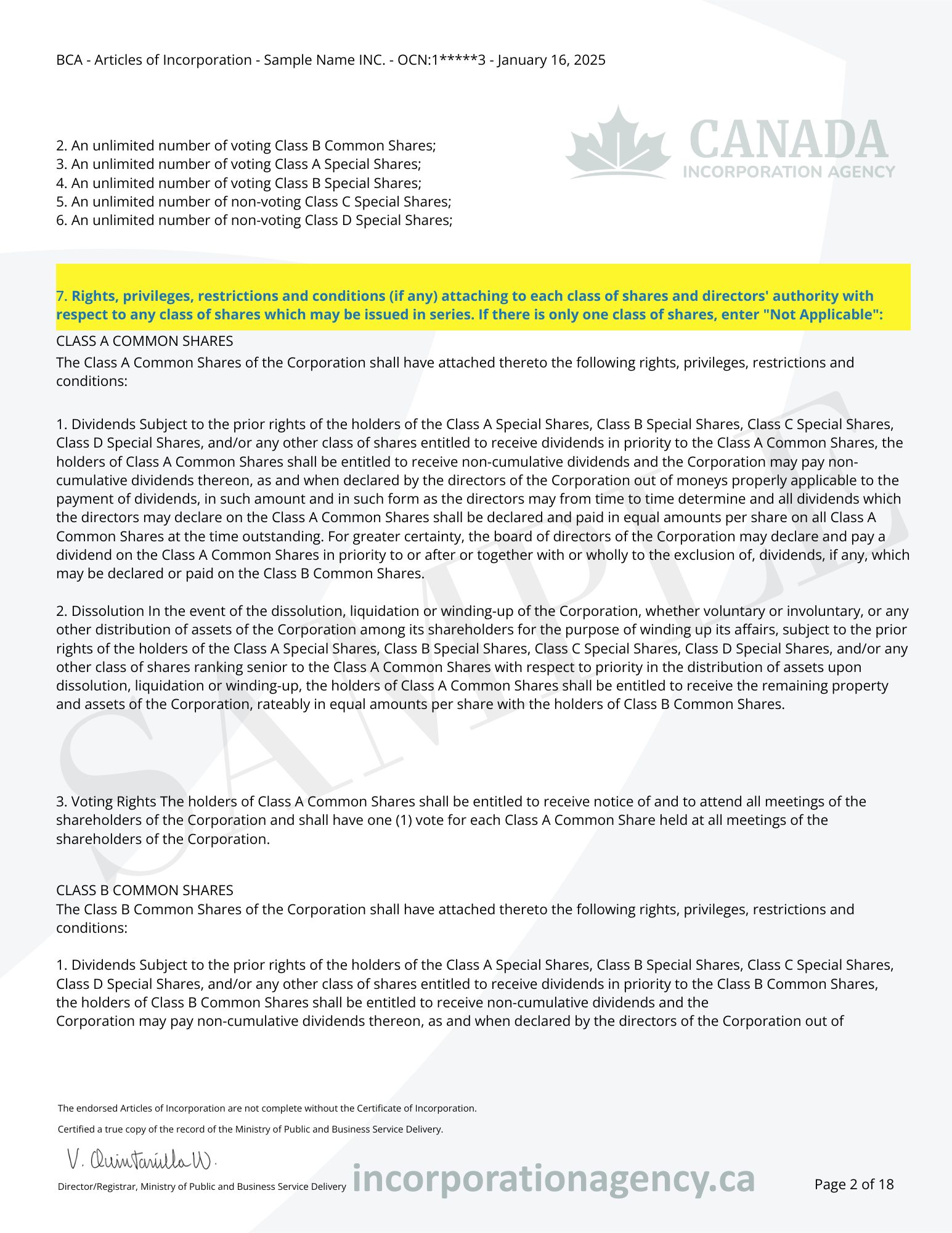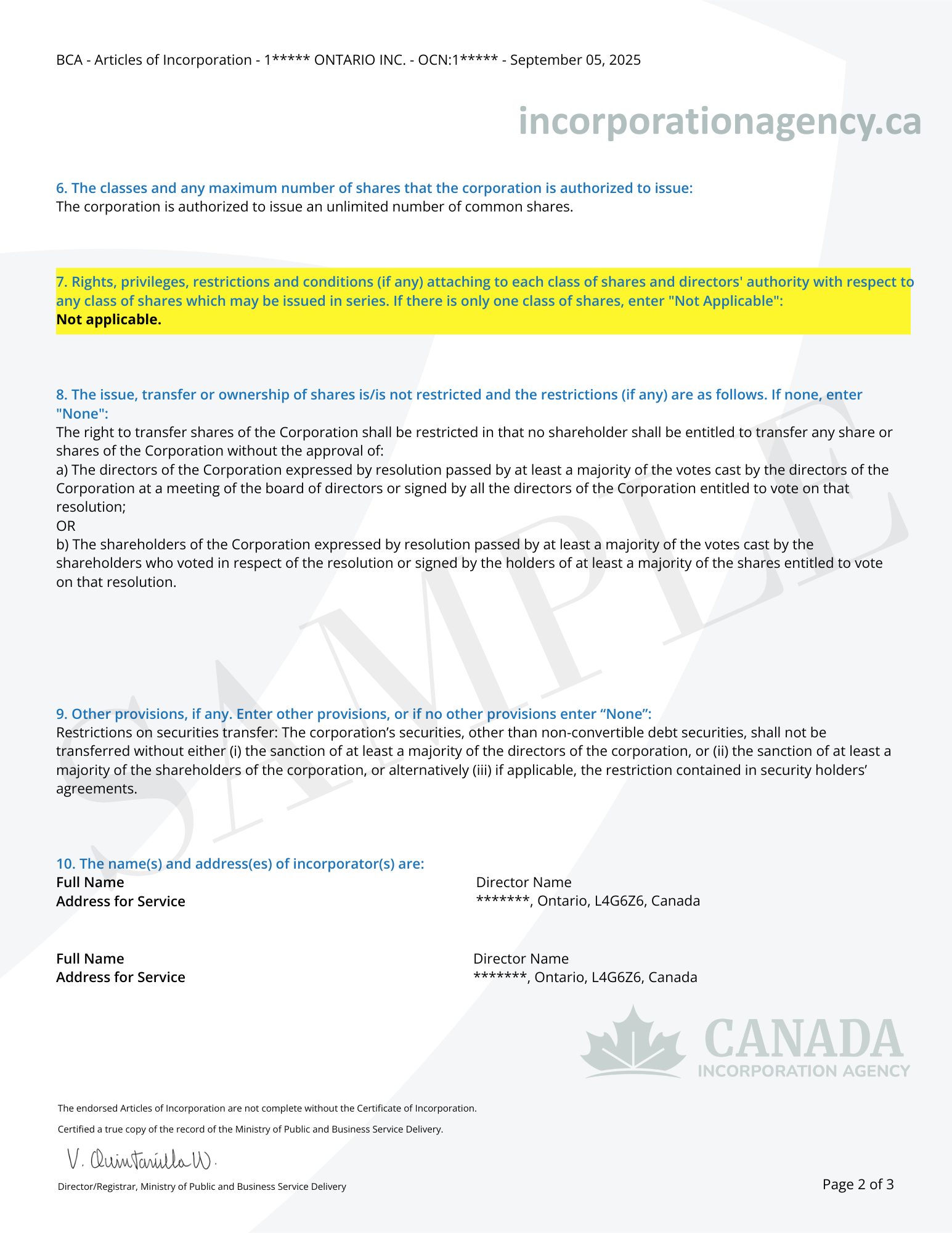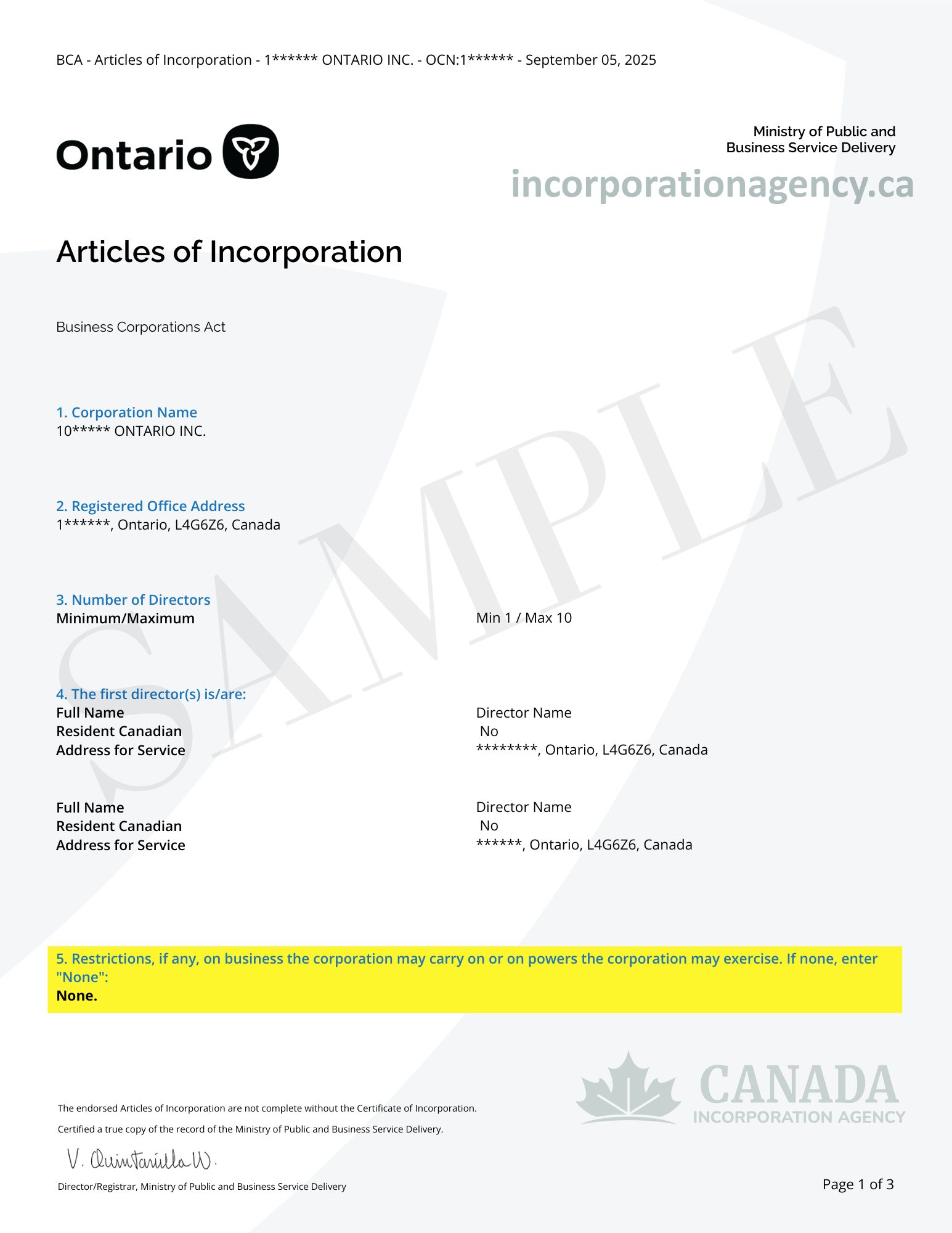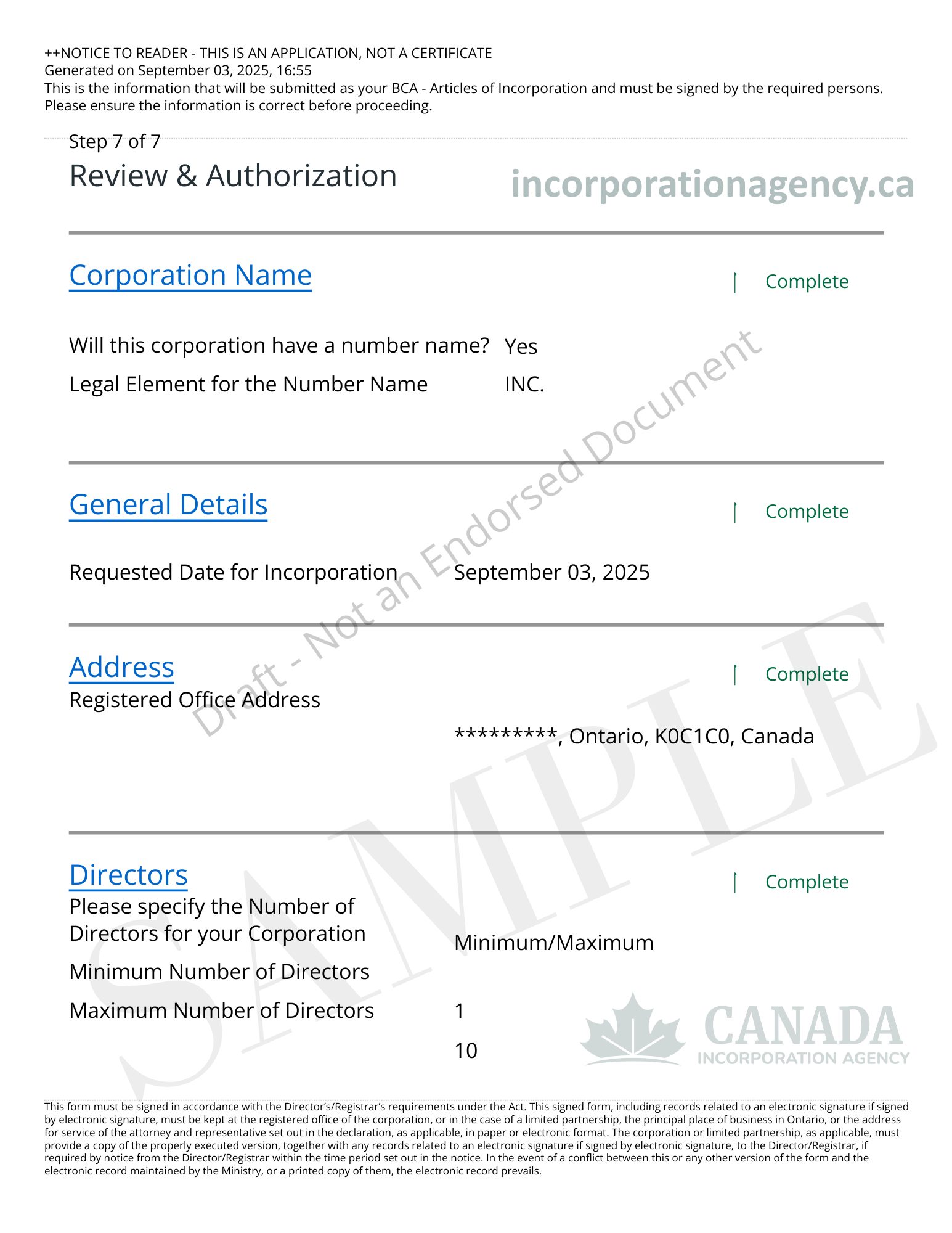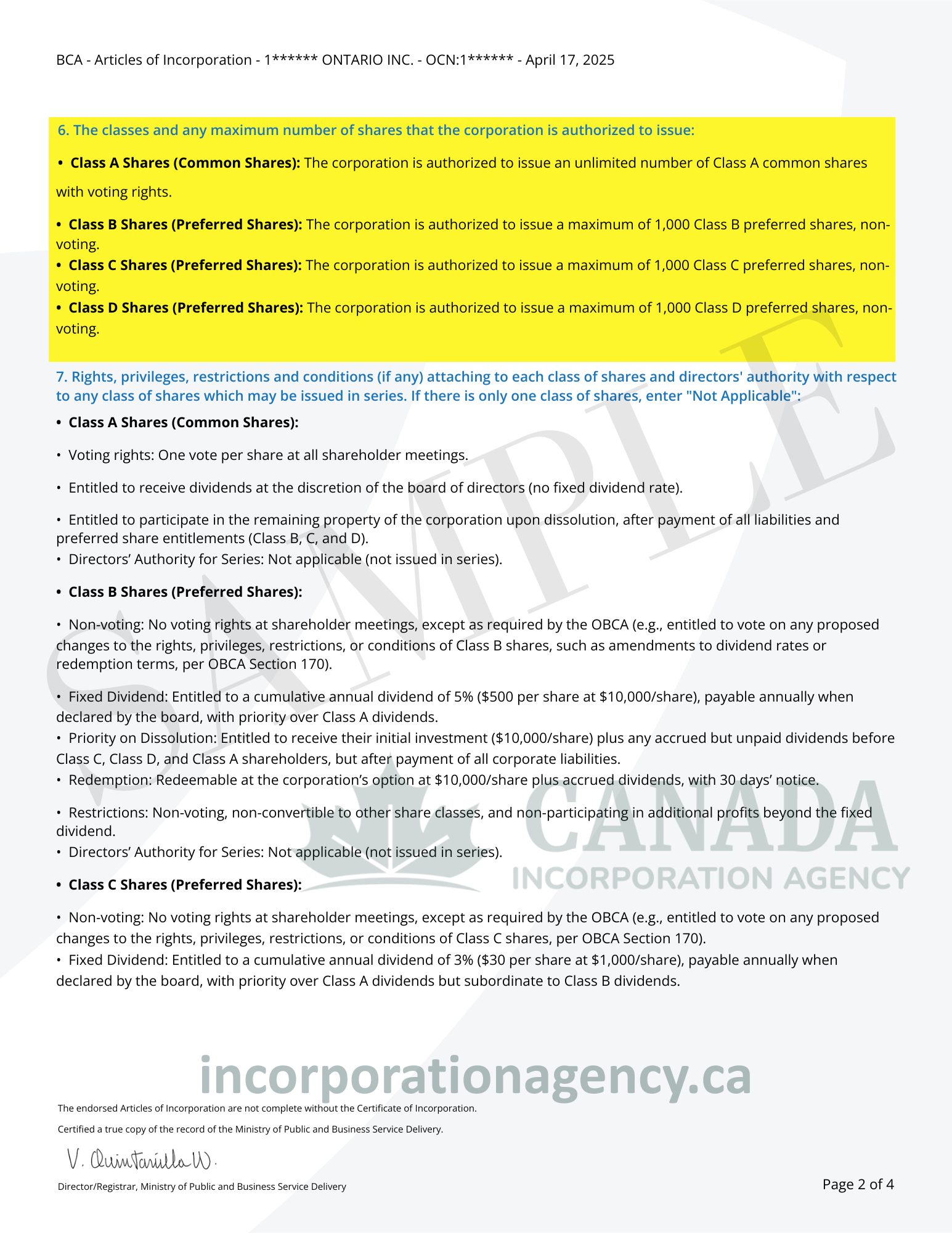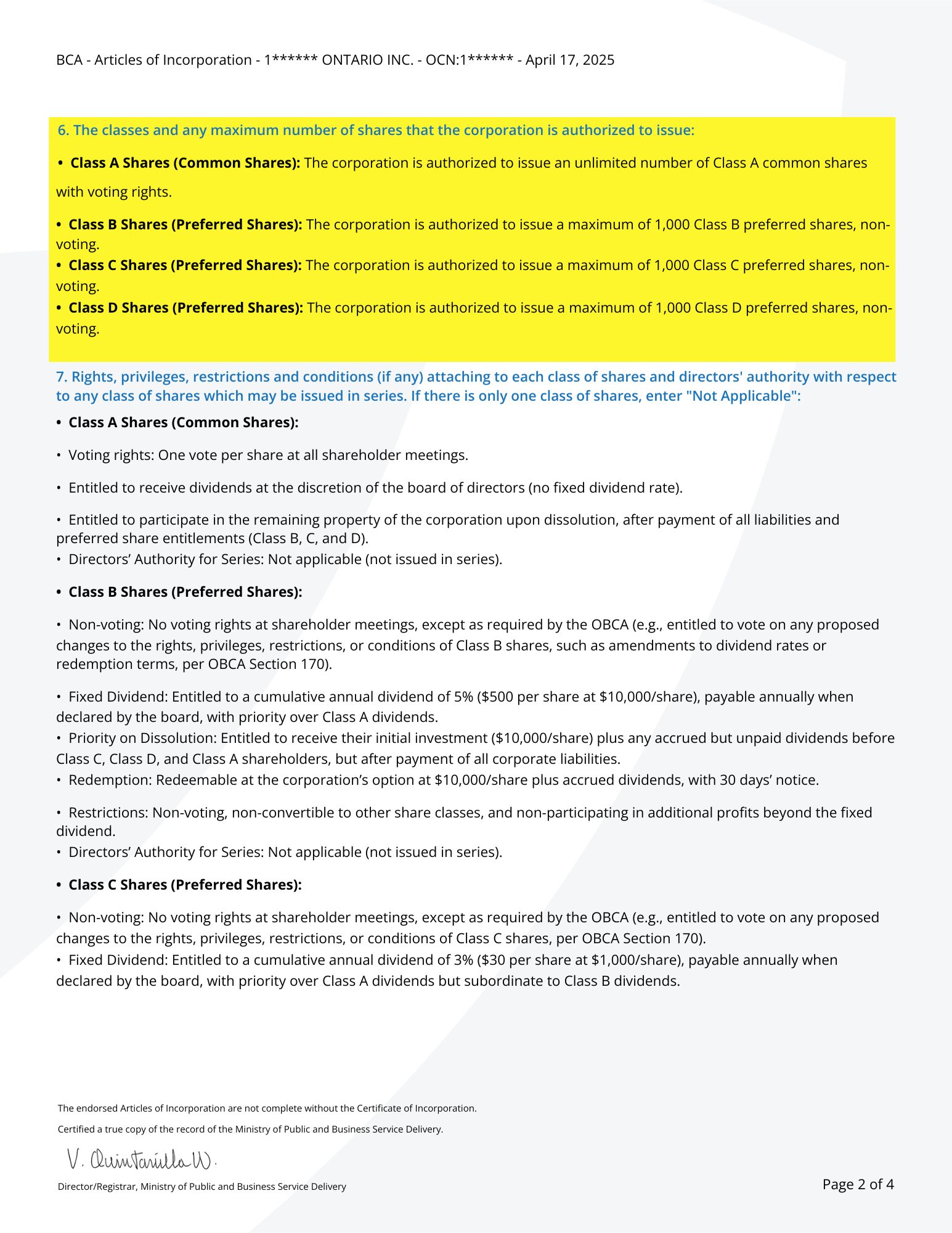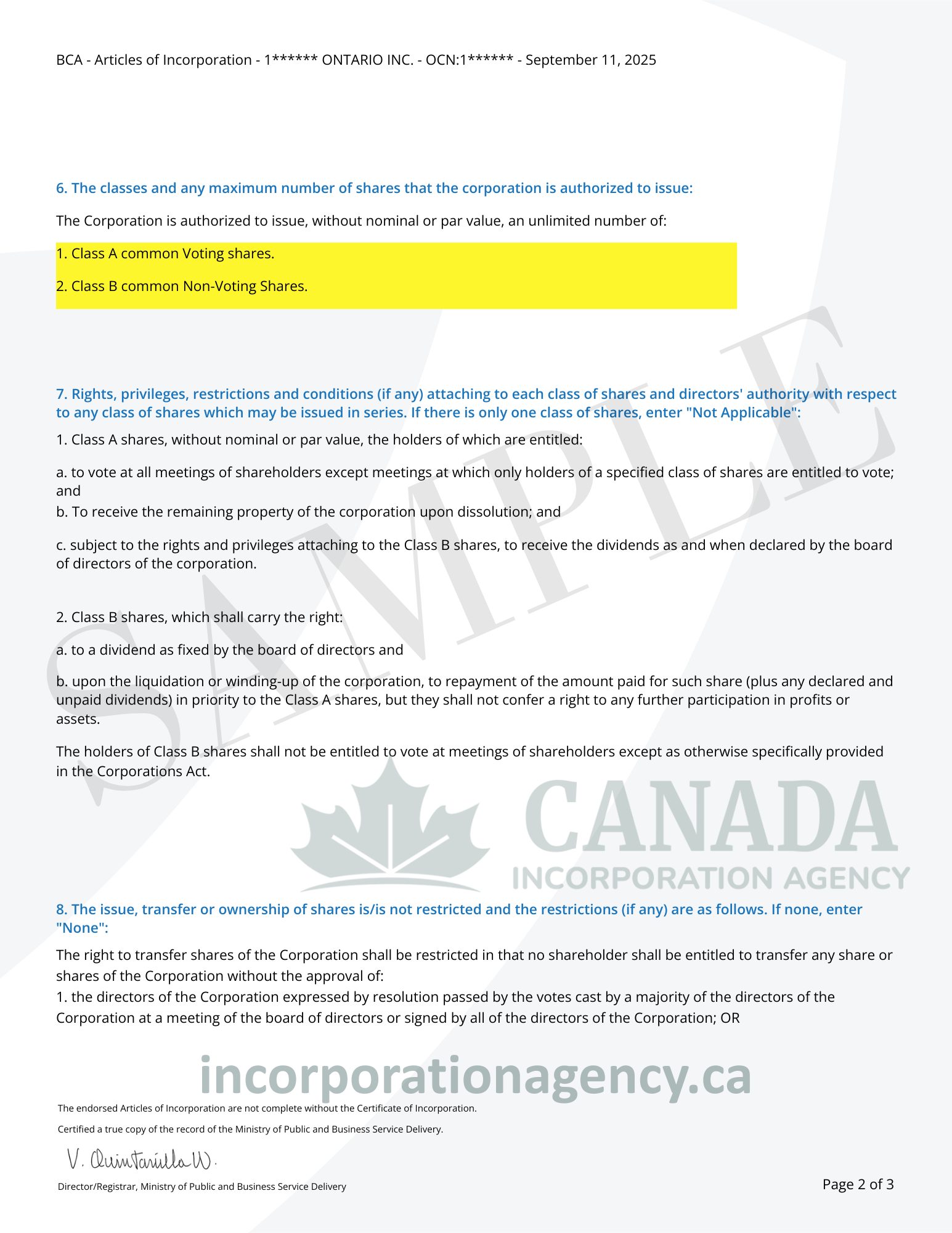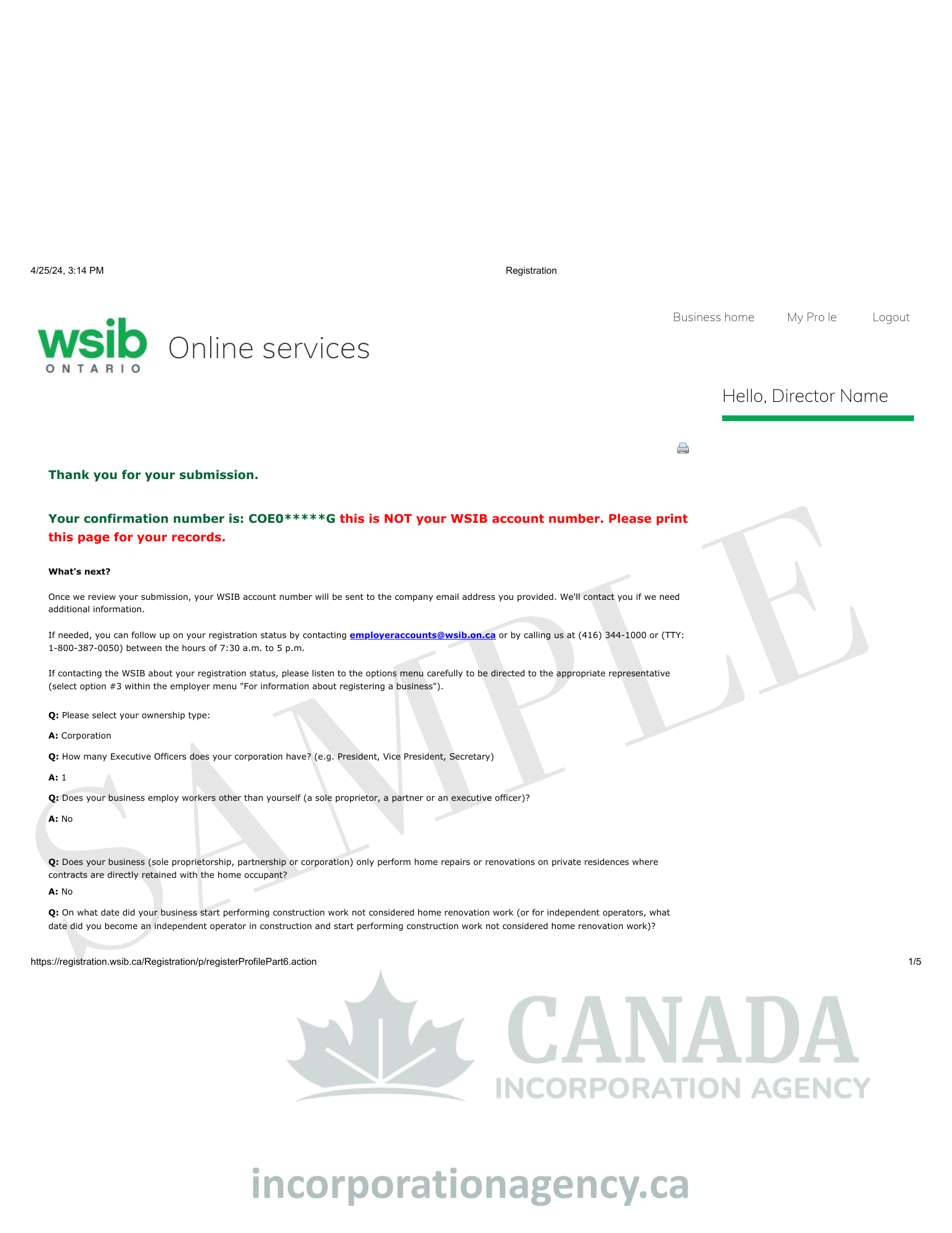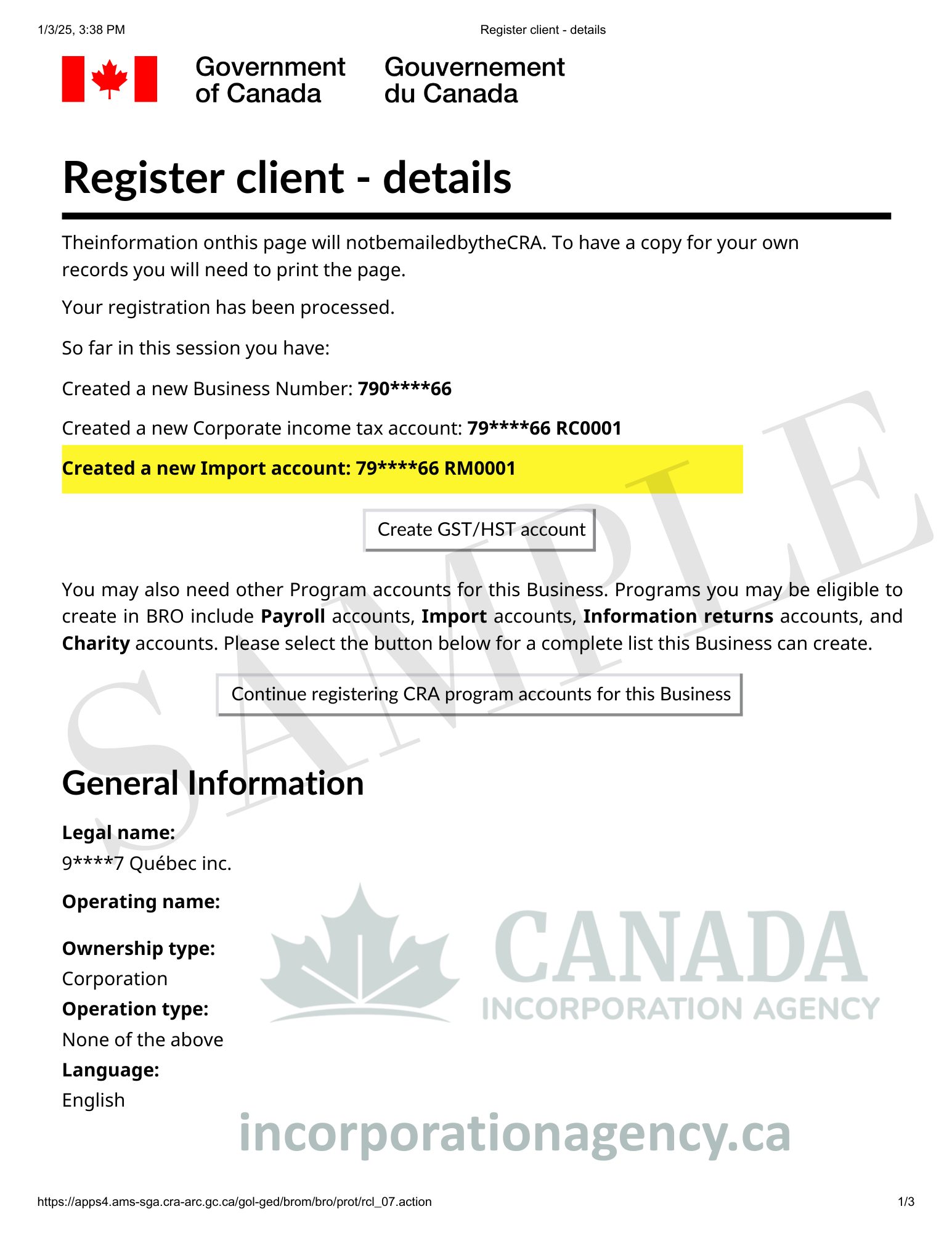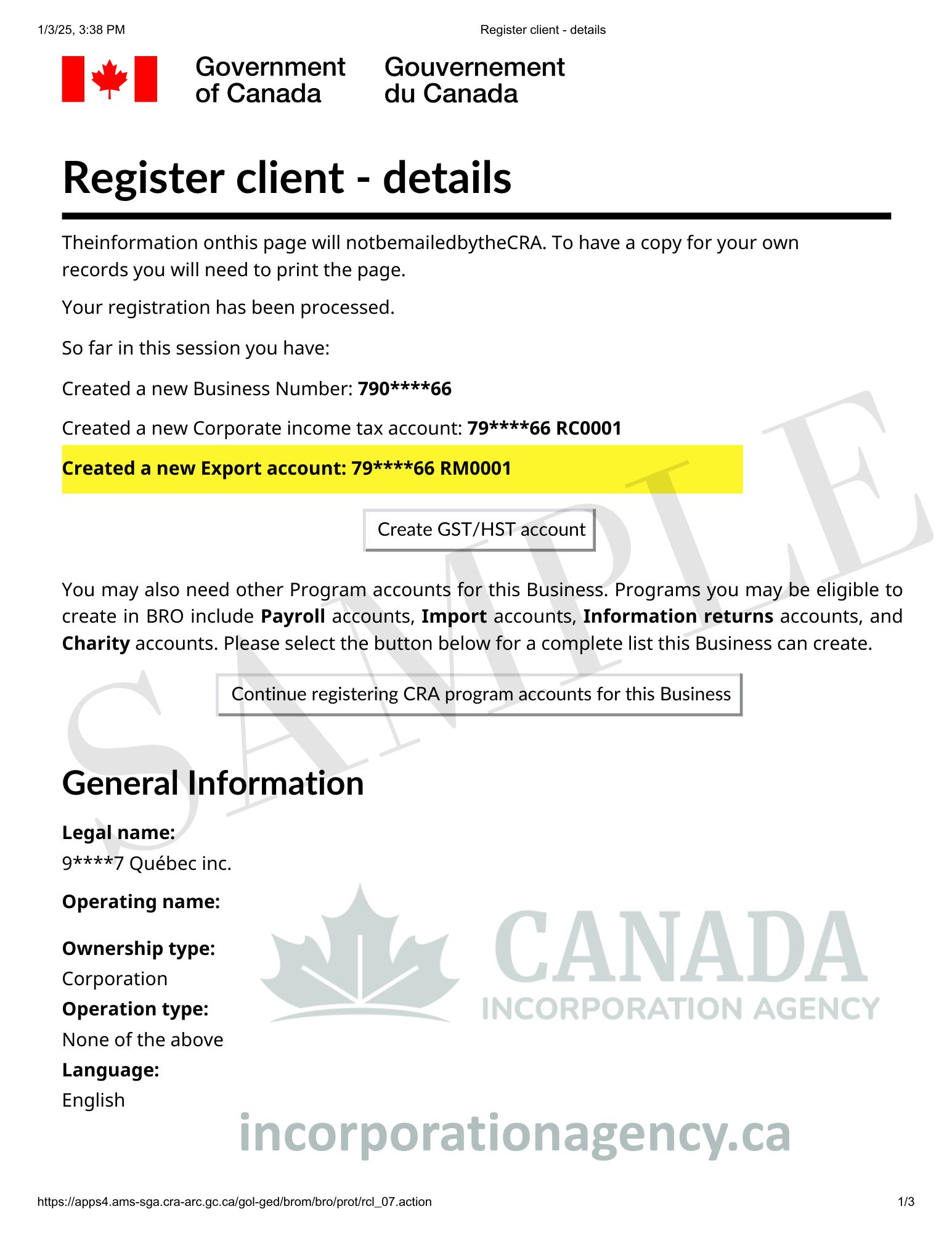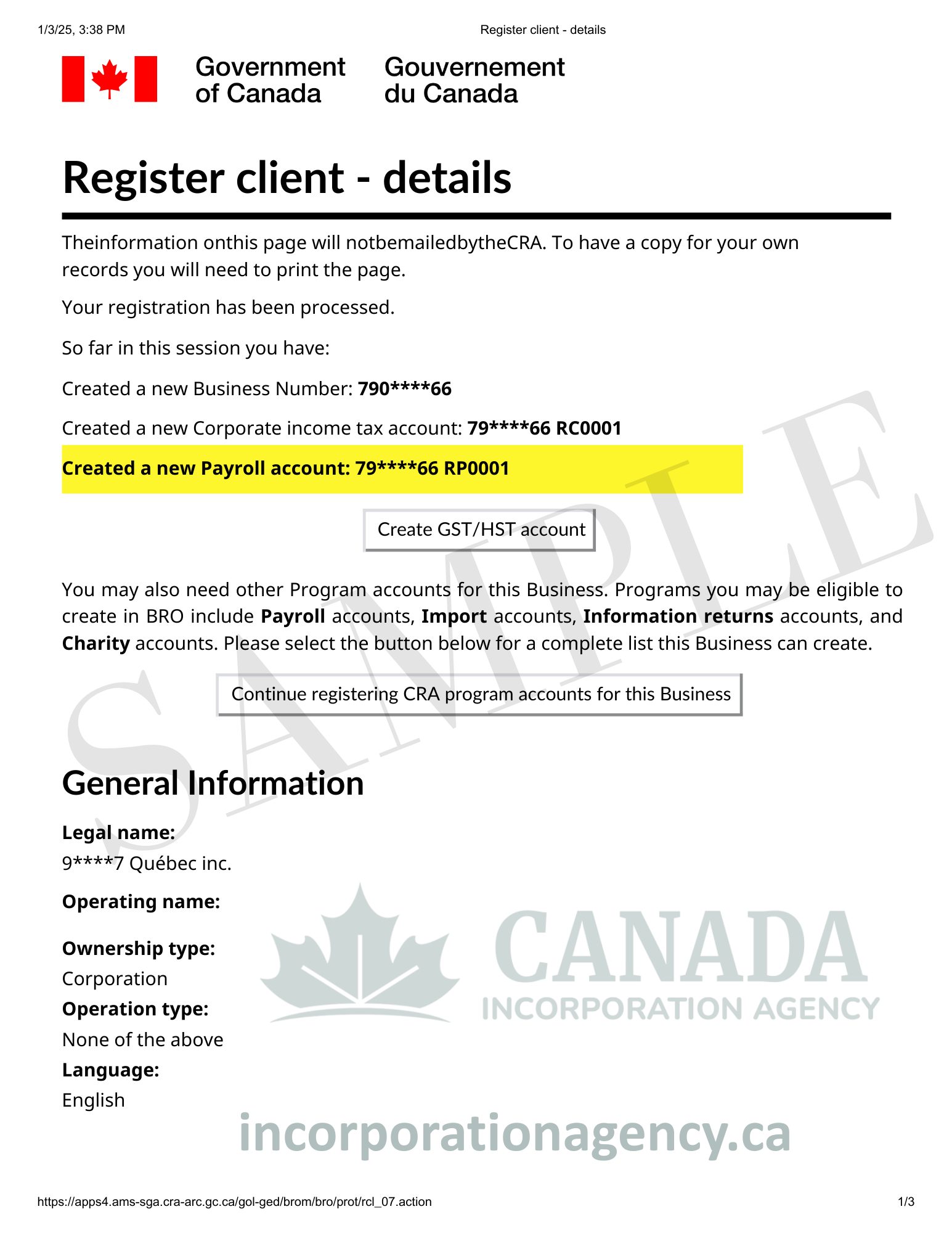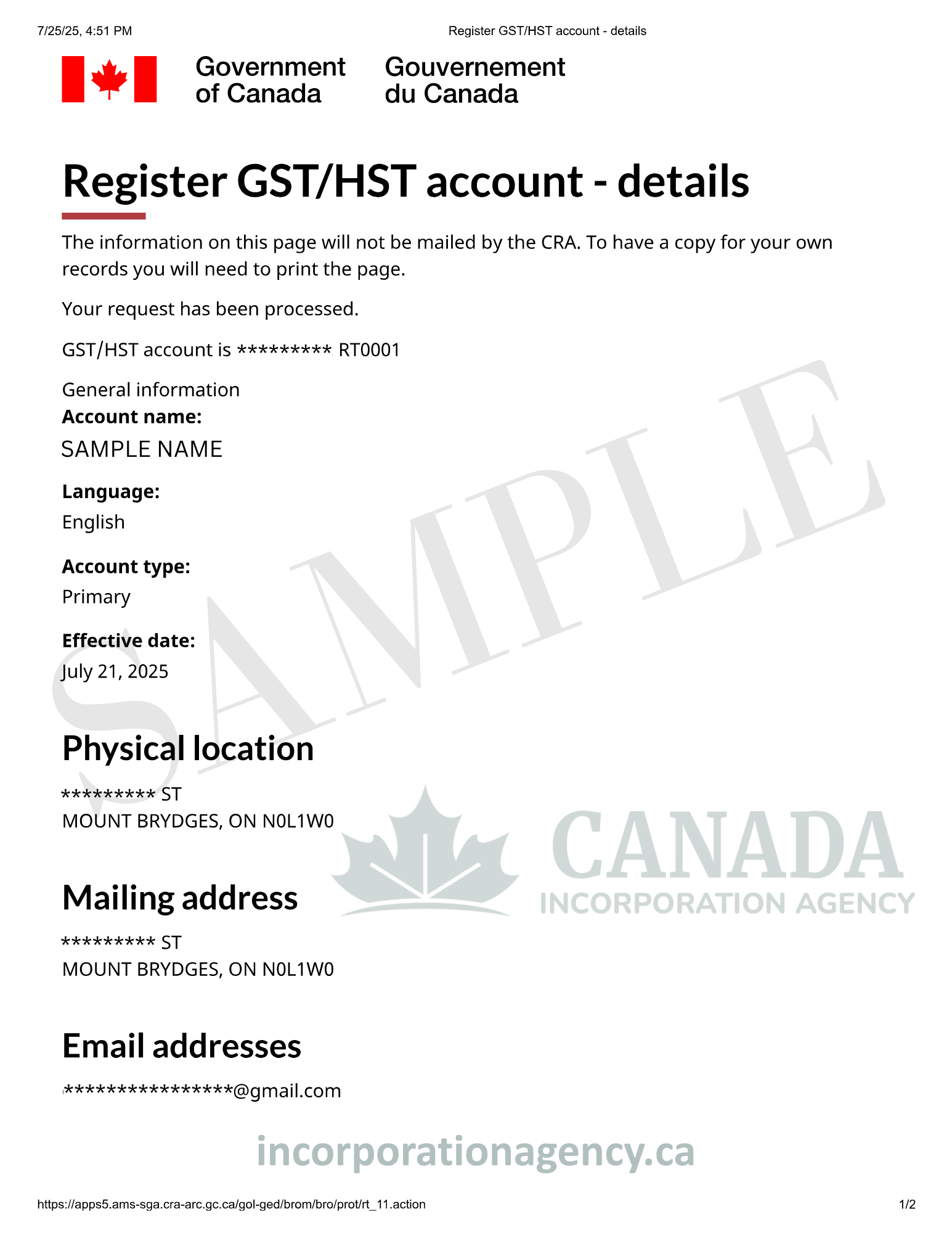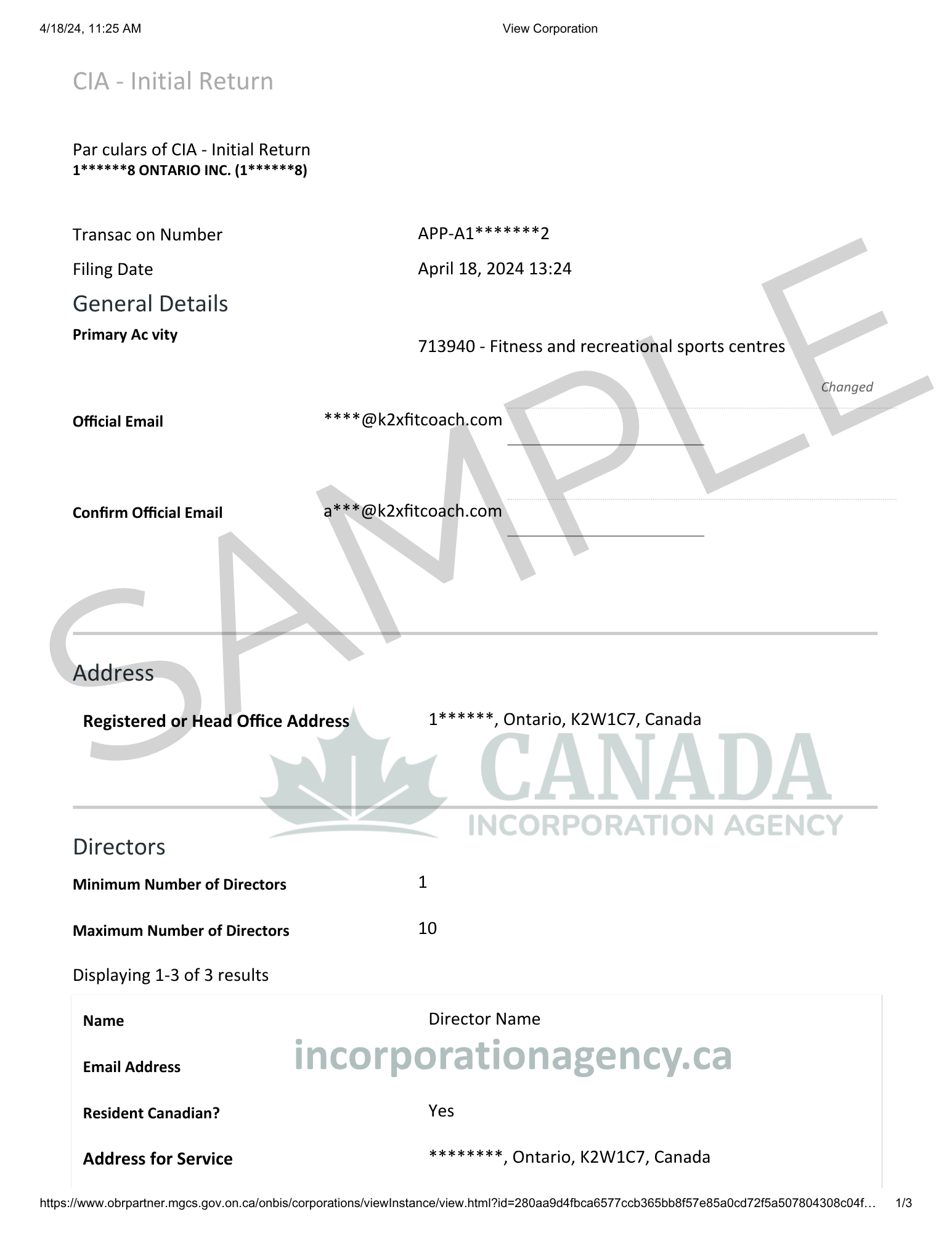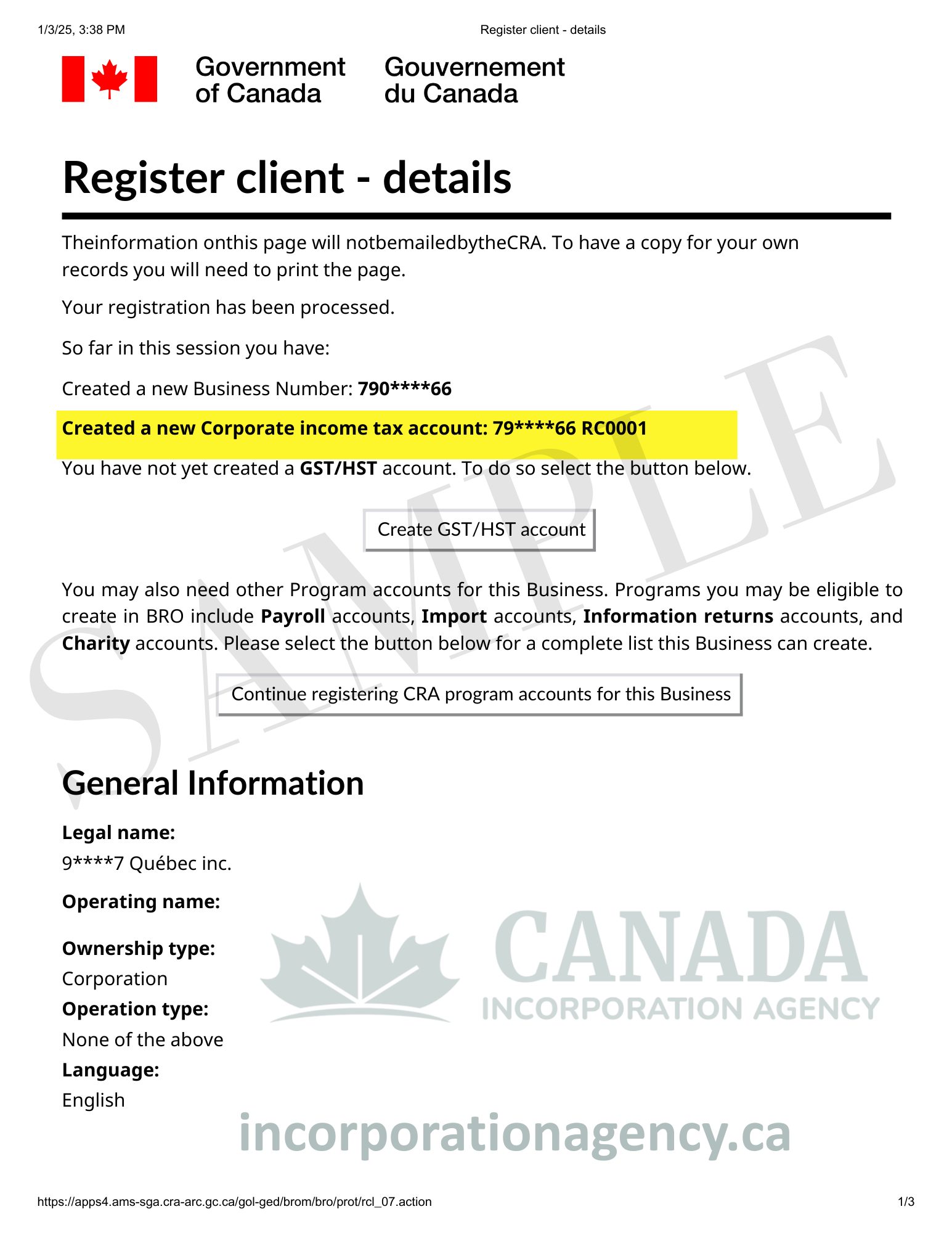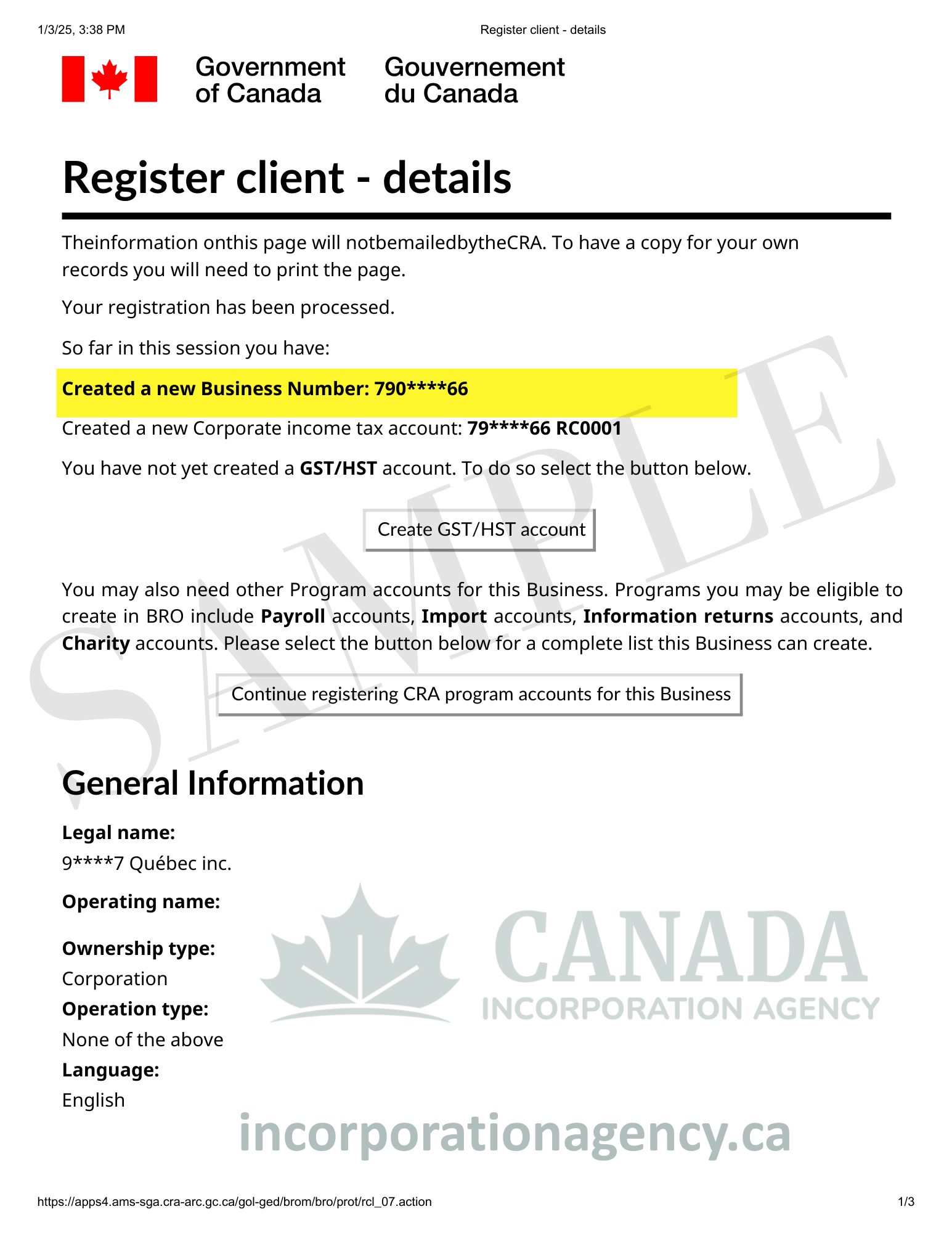Running a business is like being the captain of a ship. Sometimes you need to change course, add new crew members, or even move to a different port. When you make these kinds of changes to your Canadian business, you can’t just do them quietly and hope nobody notices. You need to tell the government! That’s where filing a notice of change comes in.
Think of it as updating your business’s Facebook profile, except it’s way more official and you definitely can’t skip it. Let’s dive into everything you need to know about keeping your business information up to date in Canada.
What Is a Notice of Change?
A notice of change is basically your business’s way of saying, “Hey, something’s different now!” to the Canadian government. It’s an official document you file when important details about your corporation change.
Imagine if you moved to a new house but never told anyone. Your friends wouldn’t know where to find you, your mail would get lost, and pizza delivery would become impossible. The same thing happens with your business. If you don’t update the government records, important documents might go to the wrong place, and you could face penalties.
In Canada, corporations are required by law to report certain changes within a specific timeframe. It’s not just a good idea—it’s the law!
Why Should I File a Notice of Change?
- Legal compliance keeps you out of trouble. When you don’t file your changes, you’re technically breaking the law. This can lead to fines, legal headaches, and even problems with your business’s good standing.
- It keeps your business credible. Clients, partners, and banks check your business information. If everything’s outdated, you look disorganized or sketchy.
- It protects you legally. Having correct information on file means legal notices reach the right people. If something important happens and you miss it because your address was wrong, that’s on you.
- It makes life easier. When all your business information matches across different systems, you won’t waste time fixing problems later.
Director Change
The director is the head of your corporation. When you need to file a director change:
- Someone new joins as a director
- A current director resigns or gets removed
- A director’s personal information changes (like their name or address)
In most provinces, you have 15 days to report director changes. That’s barely two weeks, so don’t procrastinate! The process involves filling out forms that list who’s leaving, who’s joining, and when these changes happen.
Officer Change
Officers are different from directors. While directors set the big-picture strategy, officers handle the day-to-day operations. Think of them as the managers who make sure everything actually gets done.
Common officers include:
- President
- Vice President
- Secretary
- Treasurer
- Chief Executive Officer (CEO)
You need to report an officer change when someone new takes on one of these roles or when an officer leaves. The good news? Officer changes are usually reported as part of your annual return rather than immediately. But check your province’s specific rules because they can vary.
Shareholder Change
Shareholders are the owners of your corporation. They own pieces of the company through shares, kind of like owning slices of a pizza.
A shareholder change happens when:
- Someone buys shares and becomes a new shareholder
- An existing shareholder sells their shares
- Shareholders transfer shares between each other
- The number of shares someone owns changes
Here’s where it gets a bit different: Most provinces don’t require you to file shareholder changes immediately with the government. Instead, you update your internal records and report the information on your annual return.
However, you must keep accurate records of all shareholders in your corporate minute book. This book is like your business’s diary—it tracks all the important decisions and changes.
Corporation's Address Change
Your business’s registered office address is super important. It’s where the government sends official mail, legal documents, and other critical correspondence.
If you’re moving offices or even just changing your mailing address, you need to file a corporation’s address change. This includes:
- Your registered office address (where official documents go)
- Your records office address (where you keep corporate records)
- Your mailing address (if different from the above)
Most provinces require you to report address changes within 15 days. Missing this deadline could mean you never receive important legal notices, which is like missing a court date—really, really bad.
Pro tip: If you’re moving offices, file the address change before you actually move. That way, there’s no gap where mail could get lost.
Here’s a handy table that compares the three most common types of changes you’ll need to file:
| Feature | Director Change | Officer Change | Office Address Change |
|---|---|---|---|
| What is it? | Adding, removing, or updating info for board members who make major decisions | Adding, removing, or updating day-to-day managers and executives | Moving your registered office, records office, or mailing address |
| Examples | New director appointed, director resigns, director's name changes | New CEO hired, treasurer leaves, secretary appointed | Moving to new office building, changing mailing address, updating registered office location |
| Filing Deadline | Usually 15 days from the change | Often reported on annual return (check your province) | Usually 15 days from the change |
| Urgency Level | High – Must file quickly | Medium – Can usually wait for annual filing | High – Must file quickly |
| Common Reasons | Business growth, retirement, disputes, restructuring | Hiring, promotions, resignations, reorganization | Office relocation, cost savings, business expansion |
| What Happens if You Don't File? | Penalties, loss of good standing, legal issues | May affect annual return, compliance issues | Miss important legal notices, penalties, serious legal problems |
How to Actually File a Notice of Change
Step 1: Gather Your Information
Before you start, collect everything you’ll need:
- Your corporation number
- Details about the change (names, dates, addresses, etc.)
- Corporate records to verify current information
- Any supporting documents
Step 2: Contact Canada Incorporation Agency
Online filing is the fastest and easiest method. Canada Incorporation Agency will help you to file the notice of change in most of the Canadian provinces. You’ll need to create an account, fill out online forms, and pay electronically.
Step 3: Complete the Forms
Fill out the forms carefully. Double-check every detail because mistakes can delay processing or even cause the rejection.
Common mistakes to avoid:
- Spelling names wrong
- Using old addresses
- Forgetting to sign the forms
- Not including all required information
The benefit of using Canada Incorporation Agency is that our professional filing agents are filing the notice of change every day, therefore they will double check all of the information and make sure you didn’t make any mistakes. All your business changes will be done fast, accurate and professionally.
Step 4: Pay the Fees
Filing fees vary by province and type of change, but they’re usually around $200. Think of it as the cost of keeping your business legal and up to date.
Step 5: Keep Copies
After filing, save copies of everything. These documents prove you filed on time if any questions come up later.
What Happens If You Don't File a Notice of Change?
Immediate consequences:
- Your corporation might lose good standing
- You could face late fees and penalties
- Future filings might get rejected until you catch up
Long-term problems:
- Banks might refuse to work with you
- You could face legal action
- Your business might get dissolved (yes, they can shut you down!)
- Directors might become personally liable for certain obligations
The moral of the story? Don’t skip your filings. The small amount of time and money you spend now saves massive headaches later.
Frequently Asked Questions
How long do I have to file a notice of change?
Most changes need to be filed within 15 days, but this varies by type of change and your province. Director and address changes typically have the 15-day deadline, while other changes might be reported annually.
Can I file changes myself?
You can absolutely file changes yourself! The forms are designed for business owners to complete. However, if you want everything to be done right and without mistakes, it is better to contact the third party, like the Canada Incorporation Agency.
What happens if I miss the deadline?
You’ll likely face late fees, and your corporation might lose good standing. File as soon as you realize you’ve missed it. Late is better than never!
Do I need to file changes if I’m a sole proprietor?
This article focuses on corporations. Sole proprietors have different rules that vary by province. Generally, you’ll update your business registration rather than filing a notice of change.
How much does it cost to file a notice of change?
Fees vary by province and change type, typically ranging from $20 to $200. Federal filings might differ from provincial ones, so check the specific registry you’re using.
Conclusion:
Filing a notice of change might not be the most exciting part of running a business, but it’s definitely one of the most important. Think of it as routine maintenance for your corporation—boring but necessary. If all of this sounds too complicated for you, just use the help of trusted service providers like Canada Incorporation Agency, that for a small fee will deal with all the paperwork and file the notice of change directly with the government.








